Research
Search our website
Search our website by entering a keyword or choose a database above to search specifically.
Search
Showing search results 4,281 - 4,290
14,716 results found
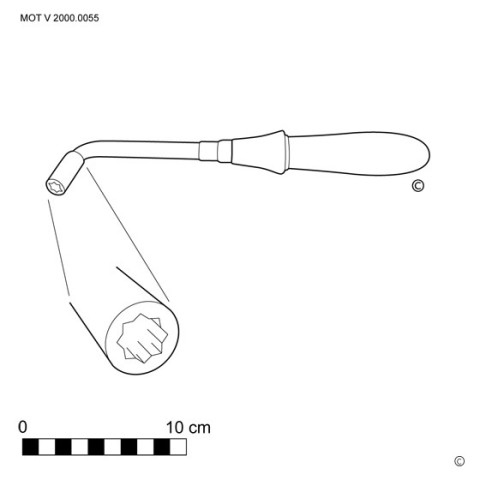
Tuning key
This text can only be consulted in Dutch
<https://www.mot.be/resource/Tool/tuning-key?lang=nl>
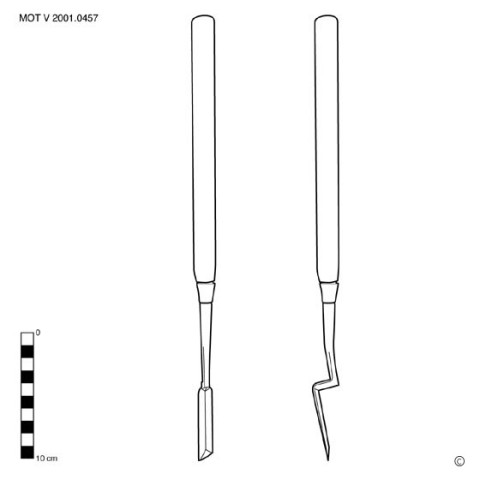
Trowel chisel (Japanese)
This text can only be consulted in Dutch
<https://www.mot.be/resource/Tool/trowel-chisel-japanese?lang=nl>
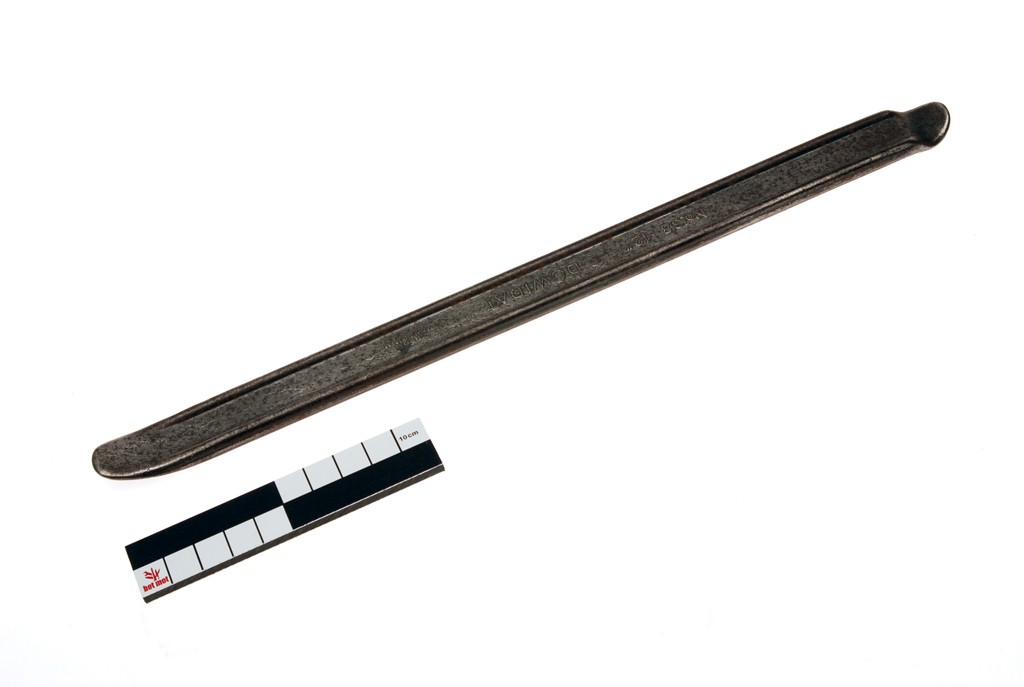
Tyre lever
The tyre lever is a metal rod with a curved end for removing or installing
an outer tyre from a rim of a car or bicycle. For this operation, usually
two or more pieces are inserted simultaneously in different places around
the rim. A small kink at the end can serve to secure the tyre lever behind
a spoke. The metal lever has a flattened end, sometimes with a profile to
provide more grip to the hands. Models for bicycles are smaller and may be
paired with an alligator wrench to form a bicycle alligator wrench. [MOT]
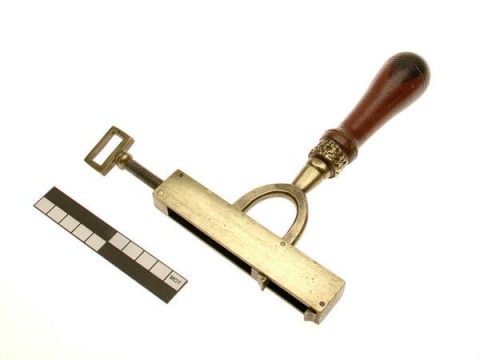
Type holder (bookbinder)
Tool the bookbinder uses to decorate and gild leather-bound books. It
consists of a metal - often copper - elongated (approx. 10-12 cm long;
approx. 1 cm wide) holder, fixed in a wooden handle. Blocks with letters
can be placed in the holder, which can be clamped by a screw. After
heating, the letters are stamped into the (gilded) leather, in order to
obtain the desired word. Some models are adjustable for different letter
heights (1). See also the bookbinder's pallet. [MOT] (1) This is because
letters for the letterpress are not always of the same height as handprint
type (KIEL & LOBLER: 105).
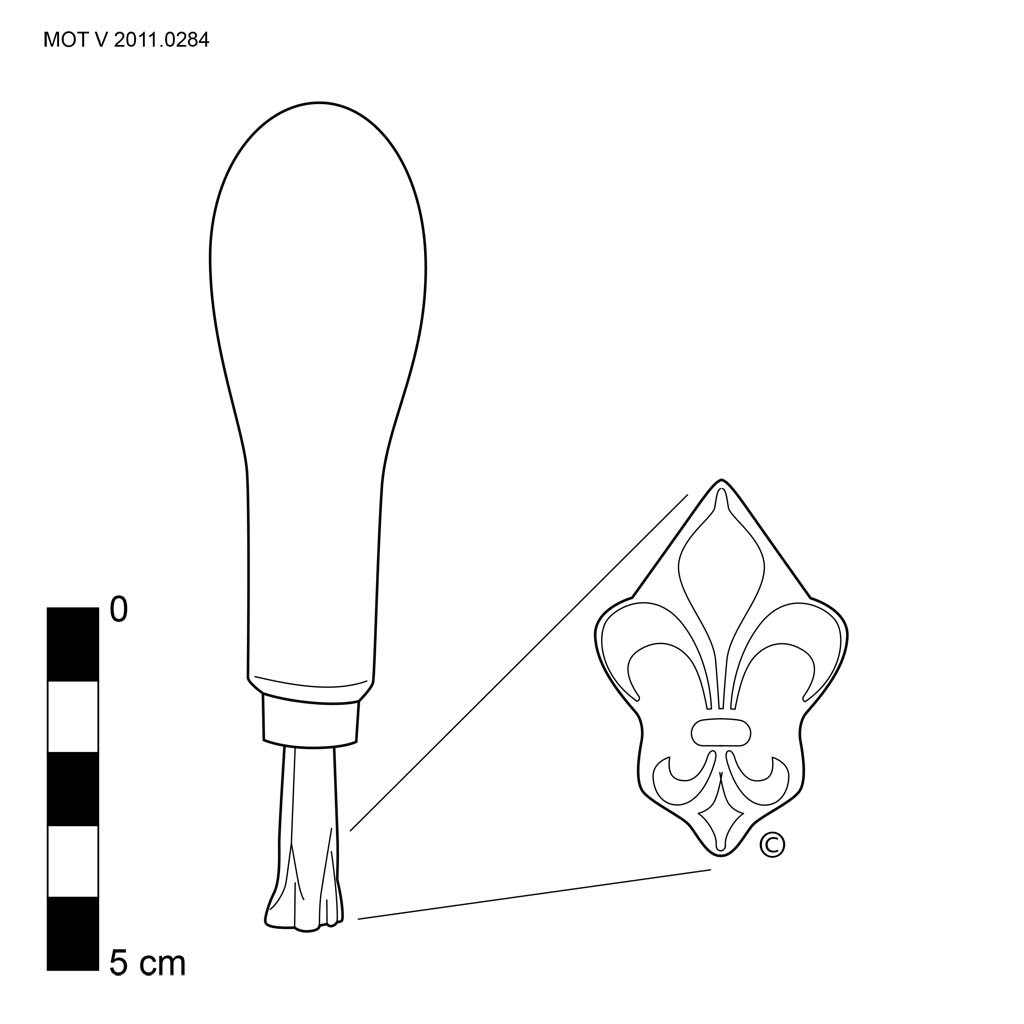
Unit stamp (bookbinder)
This text can only be consulted in Dutch
<https://www.mot.be/resource/Tool/unit-stamp-bookbinder?lang=nl>
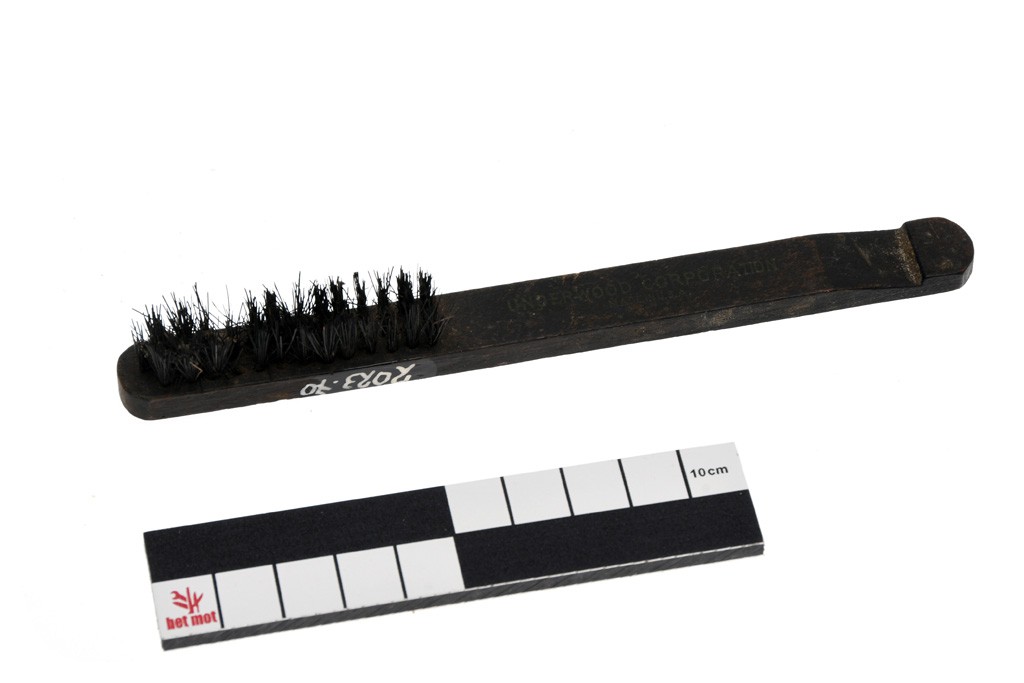
Typewriter brush
This text can only be consulted in Dutch
<https://www.mot.be/resource/Tool/typewriter-brush?lang=nl>
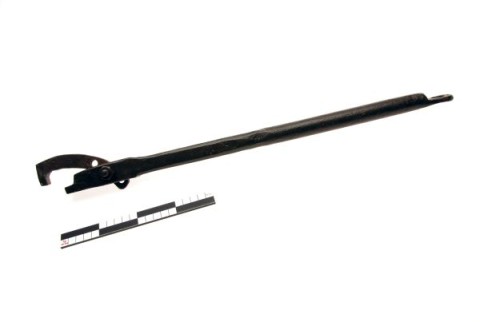
Tyring dog
This text can only be consulted in Dutch
<https://www.mot.be/resource/Tool/tyring-dog?lang=nl>
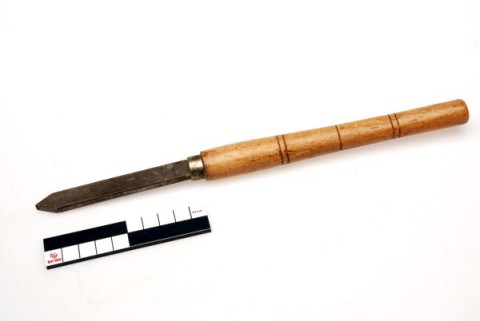
V-shaped chisel
This pointed chisel is a V-shaped flat turner chisel with one bevel for
turning out a groove. [MOT]
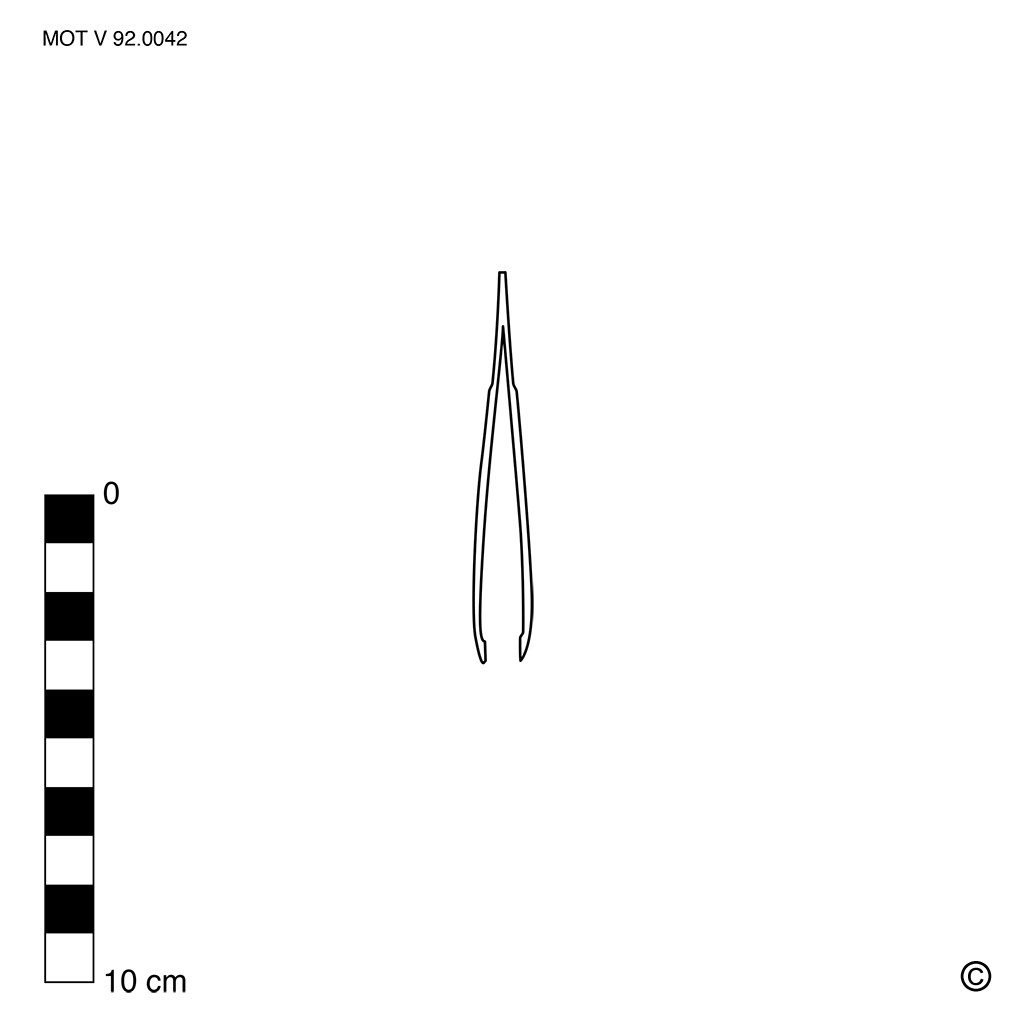
Tweezers
This text can only be consulted in Dutch
<https://www.mot.be/resource/Tool/tweezers?lang=nl>
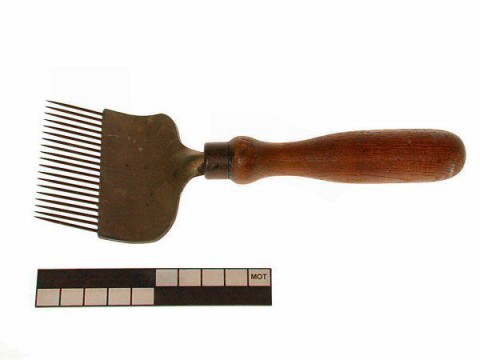
Uncapping fork
This text can only be consulted in Dutch
<https://www.mot.be/resource/Tool/uncapping-fork?lang=nl>
